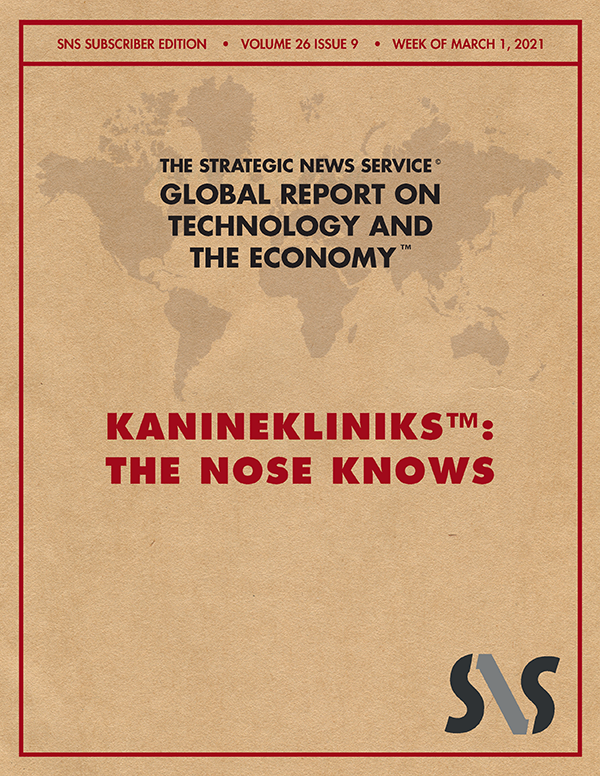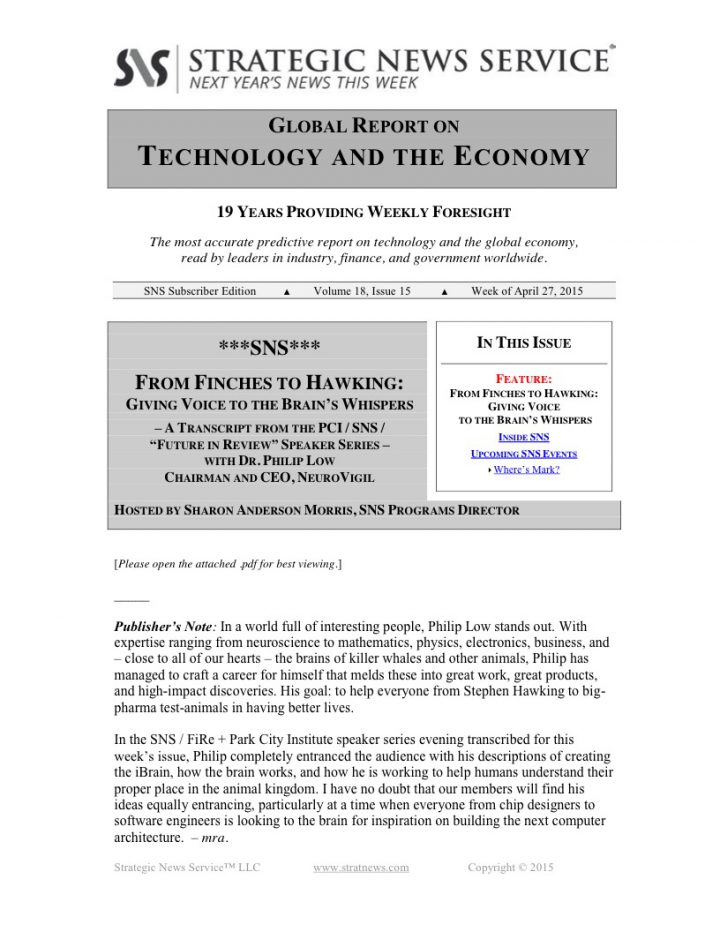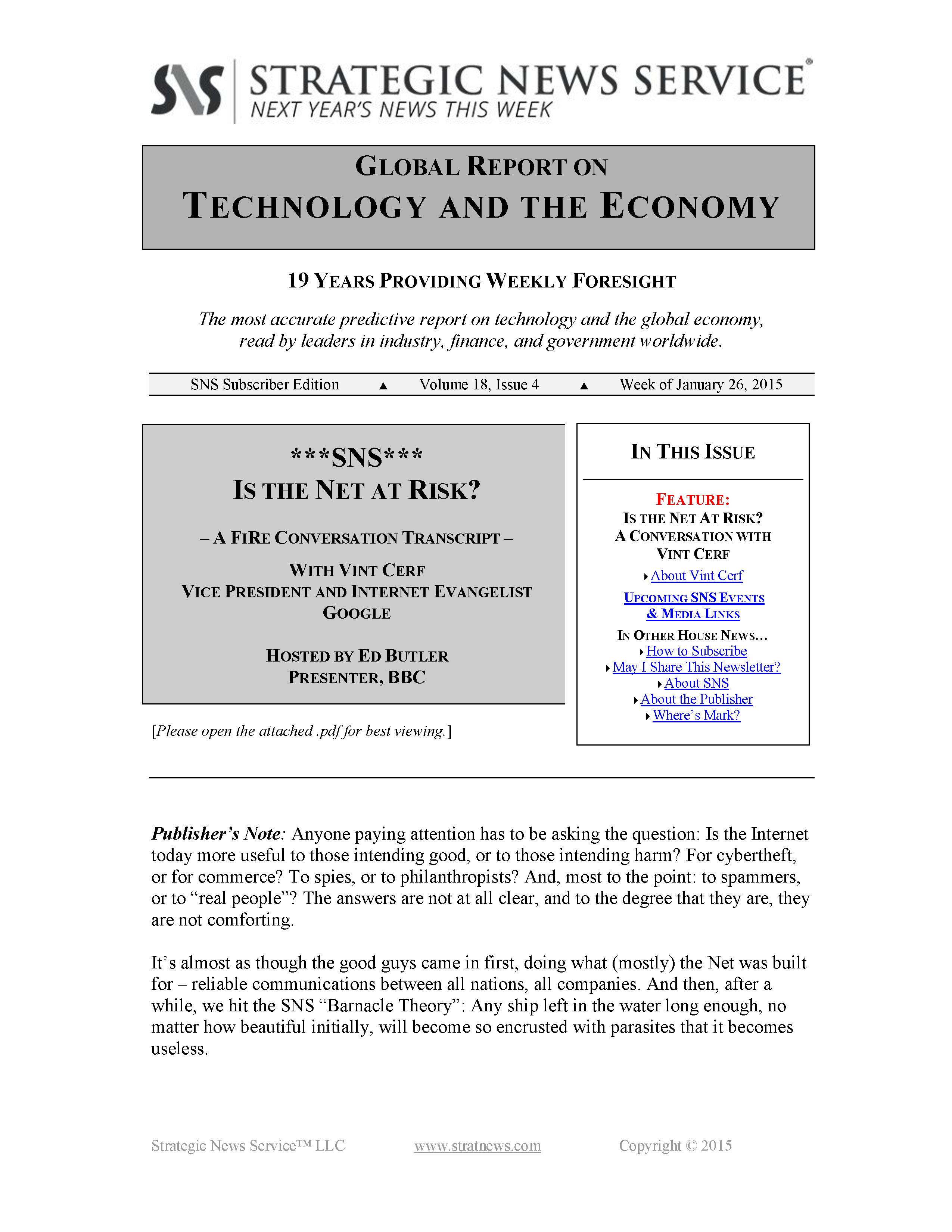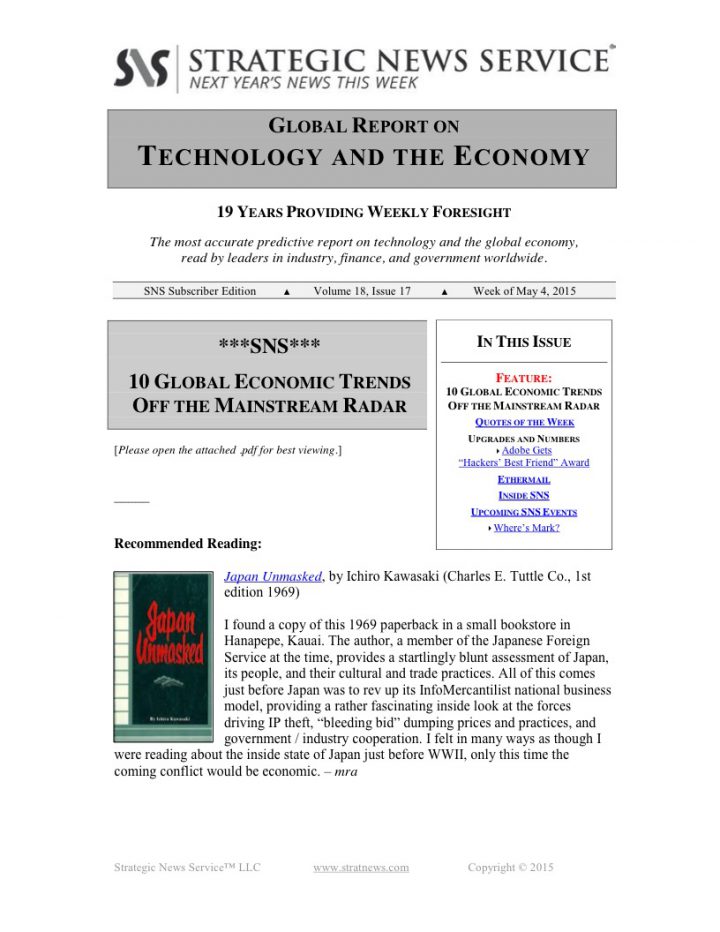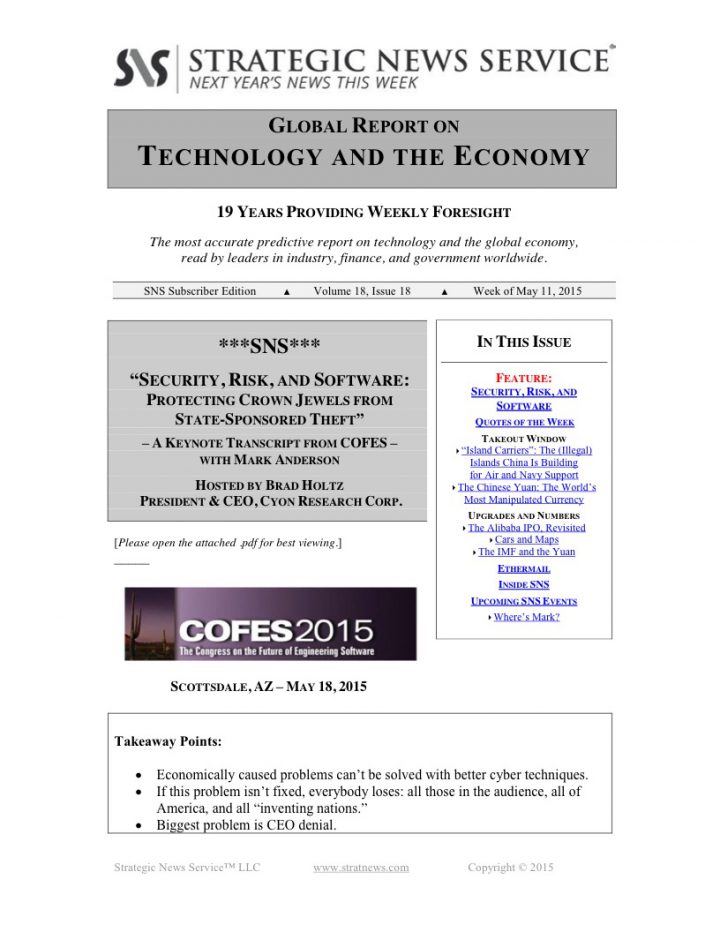In This Issue
Vol. 26 Issue 9
KANINEKLINIKS: THE NOSE KNOWS
- The Dog’s Nose Knows
- Welcome to the KanineKliniks
QUOTES OF THE WEEK
ON OUR RADAR
- Dogs in the Covid Front Lines Today
- Genes Dedicated to Olfactory Reception by Species
- The Evolutionary Path in Smell
- How Smells Are Amplified in Feedback Loops
THE INVNT/IP DIGEST
ETHERMAIL
—
I once had the pleasure of having a long dinner conversation with Nobelist Linda Buck, who may know more than anyone else in the world about the science of the human olfactory system. I am quite used to (and really enjoy) long scientific deep dives over a good meal, but I don’t mind saying that I was racing to stay with her as she described olfaction.
Here’s the short summary: it is much more complex than you currently imagine.
I’ve refreshed my understanding for this week’s discussion, and here are a few additional waypoints worth sharing:
Not only have olfactory receptors evolved, often in a convergent fashion, over many millions of years, and across the entire animal kingdom – but each species also has its own rainbow of receptor sensitivities to specific chemicals, no doubt tailored to their environments and requirements.
If that weren’t enough, receptors vary in both chemical species-specific sensitivity and total number (per individual or per species). Add to that, these sensors can (and often do) act in teams, responding in subsystem integrated fashion to single molecules. One smell, from one molecule, may involve a number of receptors firing in a group.
Such complexity is warranted by the importance of olfaction in the whole story of life: advanced sense of smell contributes to foraging as well as to reproduction, evasion from predators, and many other behaviors critical to the survival of both the individual and the species.
Not surprisingly, there are extensive genetic components behind these systems, often (as in rats) comprising a serious percentage of the total number of genes in that species’ genome. (See “On Our Radar,” below.)
And finally, back at the level of individual sensors, there are feedback techniques, not unlike the analogs of polymerase chain reaction (PCR), which serve to amplify the signal during processing – part of a larger information processing system that begins onsite in the nasal cavity. Because rapid response to smell may mean the difference between life and death to many species, it is not surprising that, in vertebrates, a single neuron may run from the sensor into the olfactory bulb in the forebrain.
Animal sensitivity to single molecules in the air is expressed as parts per million, and many animals can smell in the parts per billion range.
Acuity of smell sensitivity can also be improved by training, so this system is dynamic in its abilities. And work published not long ago in the AAAS Science journal suggests that even humans, long thought to be quite inferior in olfaction, can be more sensitive than previously thought, and can also smell more – i.e., instead of the old limit of 10,000 smells, the new limit appears to be about 1 trillion.
Given this background, the pragmatic successes of smell in the animal world are at once both amazing and yet perhaps not surprising: a grizzly can smell a dead elk carcass at 14 miles and make a beeline for it; a polar bear can smell seals under three feet of ice. A gypsy moth can smell – and then meet up with – a potential mate from over 10 miles of Los Angeles chaos.
What does this have to do with creating the most advanced disease diagnostic clinics in the world? OK, now we’re getting somewhere. In this week’s discussion, we’re going to propose a new, much more accurate way to make an early diagnosis of the most dangerous diseases, including Covid.
….
Additional information
| Focus Channels |
|---|
SKU: SNS-2021-03-03 - Need Help? Contact Us Leave Feedback
Categories: 2021 Issues, Back Issues
Tag: PDF Download

